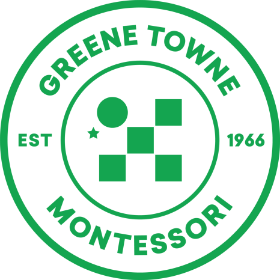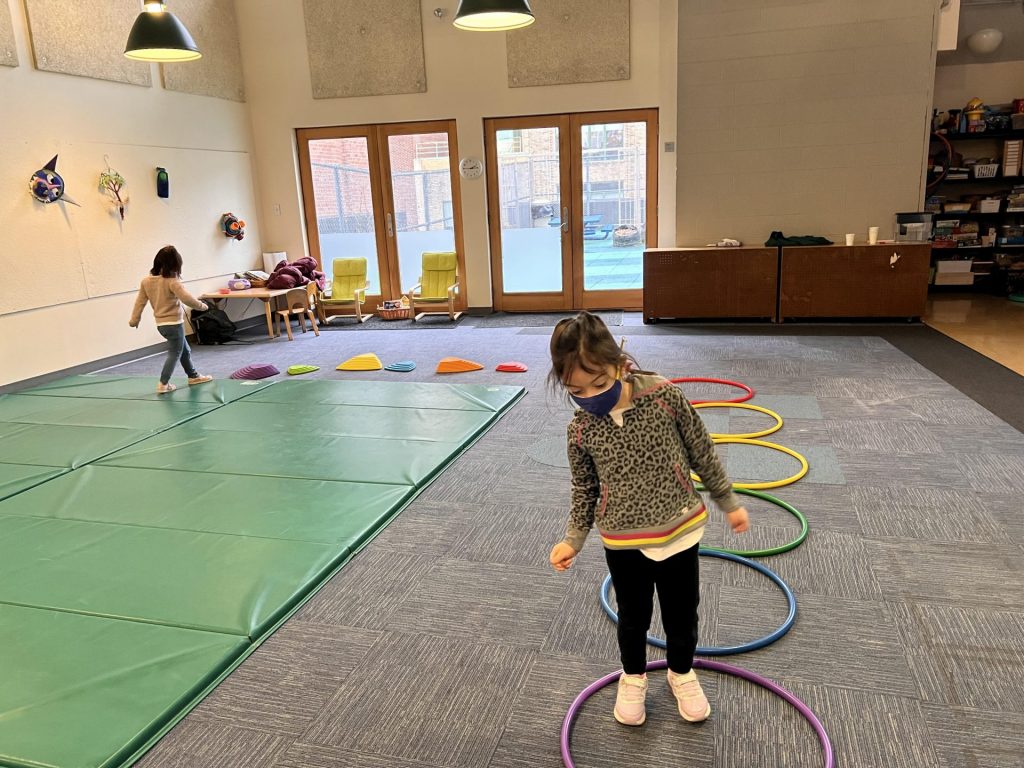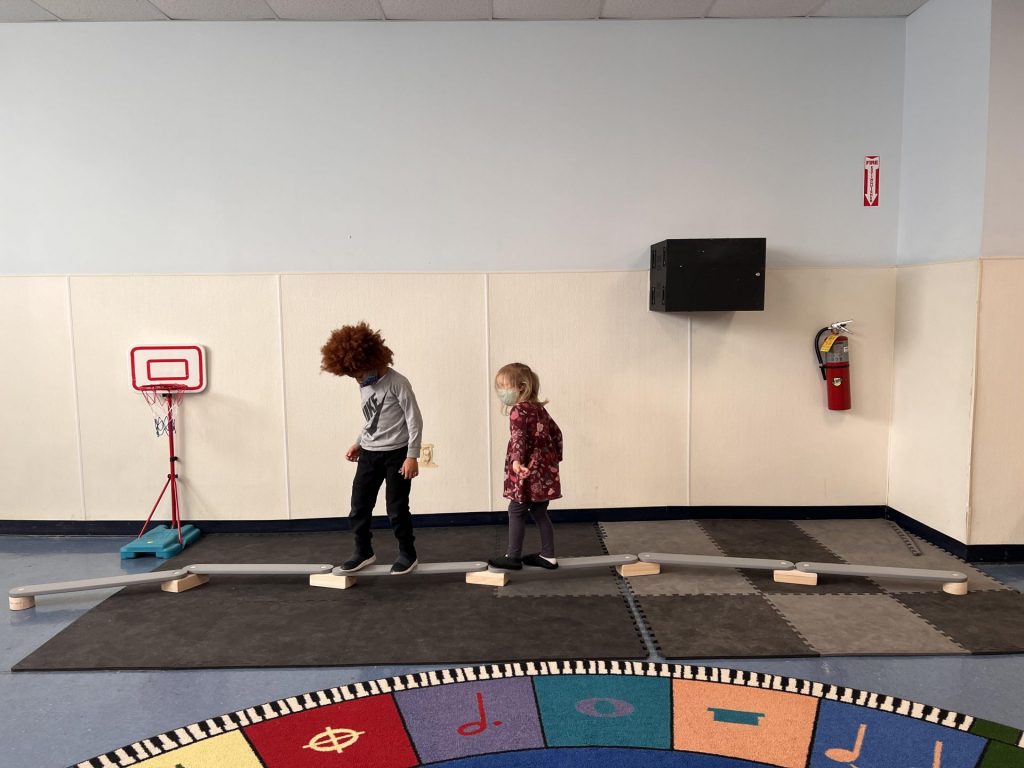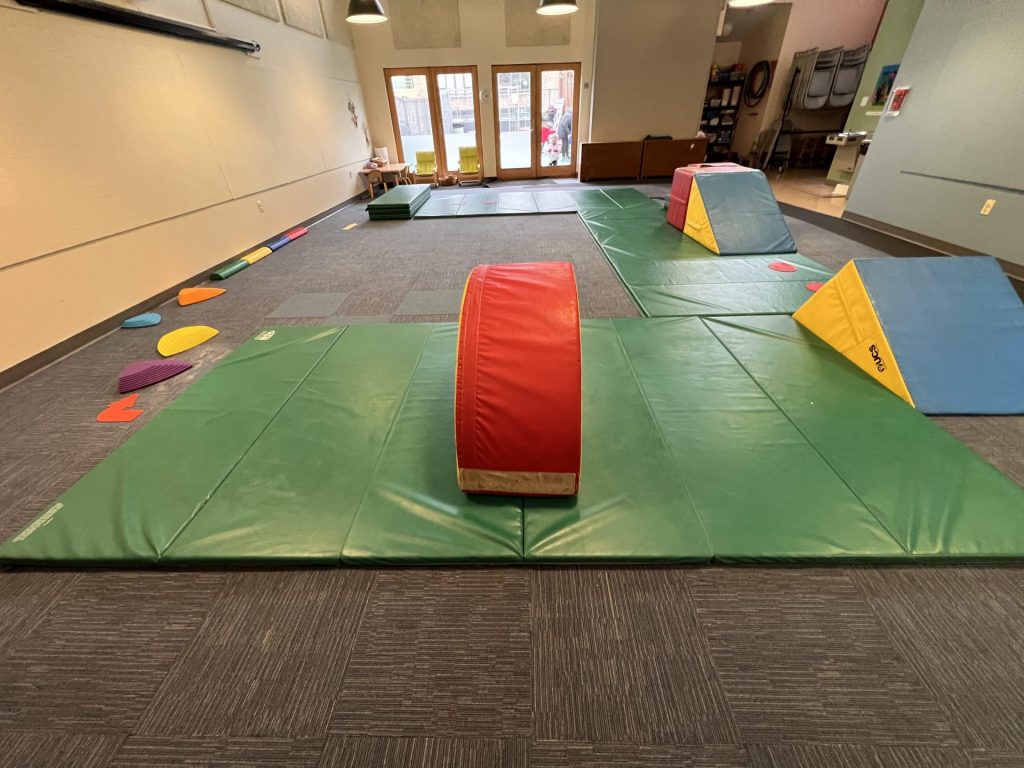Movement- January 2022: Gross Motor Skills
Hello! Last month you received an introduction to what movement class looks like with a glossary of key terms to remember. This month, I would like to begin discussing those terms in further detail as they pertain to the structure of the class and it’s adaptations from month to month. If you missed last month’s […]
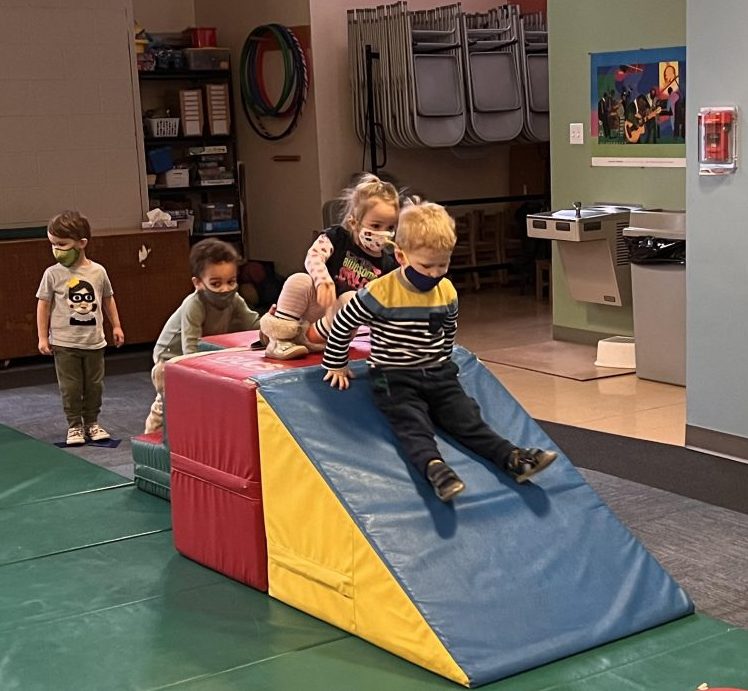
Hello! Last month you received an introduction to what movement class looks like with a glossary of key terms to remember. This month, I would like to begin discussing those terms in further detail as they pertain to the structure of the class and it’s adaptations from month to month. If you missed last month’s blog, be sure to check that one out.
From here on out, each monthly blog will focus on one of those key terms, breaking it down, explaining its importance, its unique implication for both toddler and primary age students, and the ways in which I try to facilitate its development through the movement curriculum.
For this month, I would like to focus on the term that seems the most self-explanatory in the movement classroom, gross motor skills. Here is another look at the definition I gave last month:
Gross Motor Skills: Skills that require whole body movement, for example, walking, running, jumping, twisting, spinning, climbing, etc.
These skills are inevitably practiced through any type of movement activity, but how do we hone in on specifics and make sure each child is developing what they need to develop through careful curation of curriculum?
That is what I hope this blog gives you some perspective on. Let’s break it down section by section of class.
Cardiovascular Warm-Up: This is when the children have a chance to be up and moving freely about the space with light guidance through movement suggestions based off of music or verbal cues. Free movement like this challenges them to develop both proprioceptive and spatial awareness as they navigate moving through and around other people and objects in the space. It is challenging for young children to grasp where they are in relation to others in space as they are so focused on developing the gross motor skills themselves first. A warm-up like this gives them the chance to practice them at the same time, with varying levels of difficulty, to encourage a heightened awareness while still moving and having fun.
Here are the skills each age range is working on during this portion of class.
Toddlers: Walking, Running, Jumping, Hopping, Galloping, and Stretching
Primary: Running, Jumping, Hopping, Galloping (but in different directions for added challenge), Skipping, and Stretching to mirror specific more complex shapes that are demonstrated to them.
Creative Movement: In this portion of class, the children are encouraged to be more imaginative about the shapes their body is making. Sometimes we pretend to be animals, or objects, or even pretend to do normal daily activities through miming.
The children practice all the same locomotor skills listed above while engaging in imaginative play.
Skills/Obstacle Course: This section is a more curated version of the curriculum where I am specifying which locomotor skill I would like them to work on and when. Each skills course usually has one skill of focus that is performed in many different ways throughout the duration of the course.
For example, if the theme were jumping, you would see the primary age children jumping on dots, off low platforms, around objects and in different directions.
Many of my toddler friends are still learning to jump and thus we work on the concept and encourage them to watch their older friends who already have it down. They may have to pause and wait in line so that they can see an older friend perform the skill while I show them how to bend their knees. Their skills course will contain sections that strengthen the muscles needed to develop the jumping skill in hopes of fostering that ability.
Games: This section can get crazy, but that is the exact reason it is such an important portion in practicing gross motor skills. The kids have to weave in and out of one another while performing the skills making it an ultimate test of their ability.
Primary friends are not only working on remembering the rules of the game, but then cuing their bodies to follow those rules while making sure they do not run into any friends.
Toddler friends are working mainly on not bumping into one another as the games are still led as whole group activities. It might be musical dots, freeze dance, or even playing with balls and basketball hoops.
Yoga Cool-Down: I like to have this section at the end as the children are challenged to mirror exactly what I am demonstrating to them. This really helps to bring the energy back in and center everyone before we head back to the classroom.
For this section, the gross motor skills are in the transitions from shape to shape. I watch to see how they navigate getting from place to place and provide them with step by step instructions if it seems they need some assistance to figure it out.
Toddlers and Primary are doing the same exercise, but with care to what type of poses each age is capable of doing.
That wraps it up for Gross Motor Skills! Stay tuned for next month to see how we develop Fine Motor Skills in Movement Class!
-Ms. Jena
